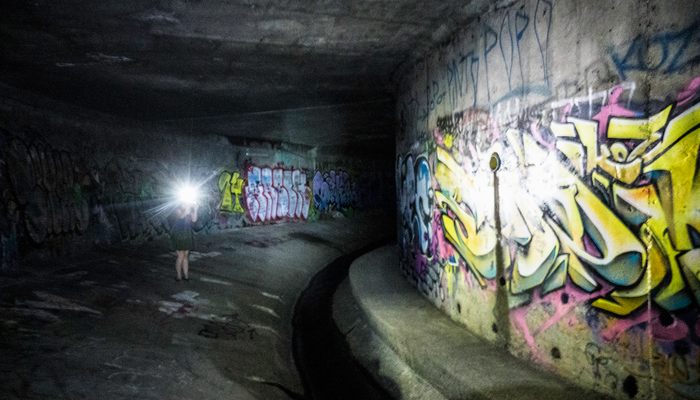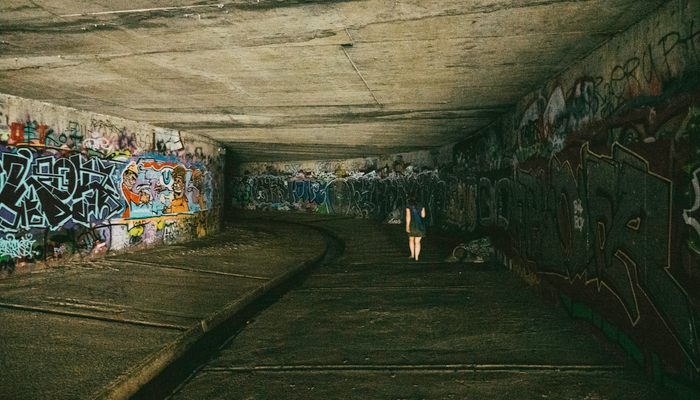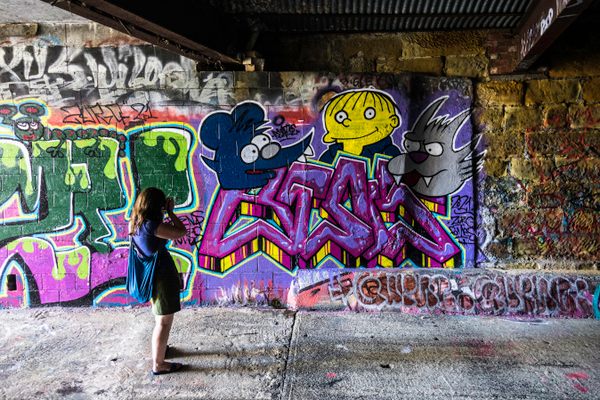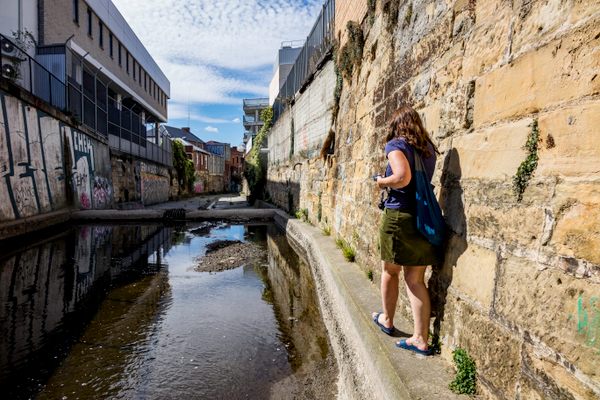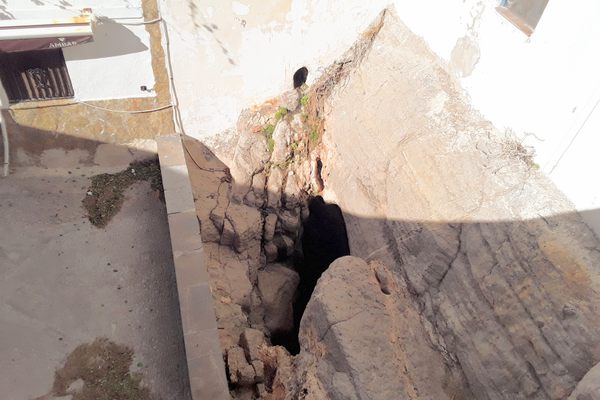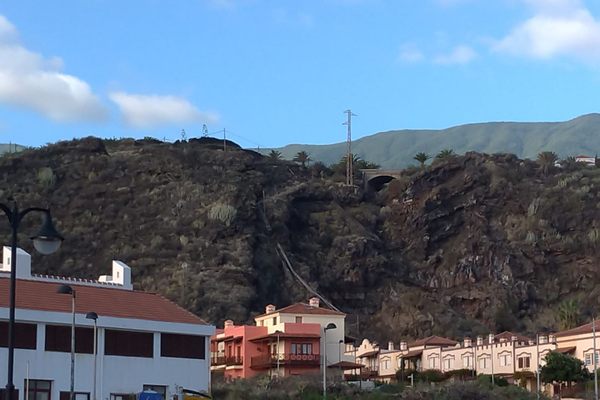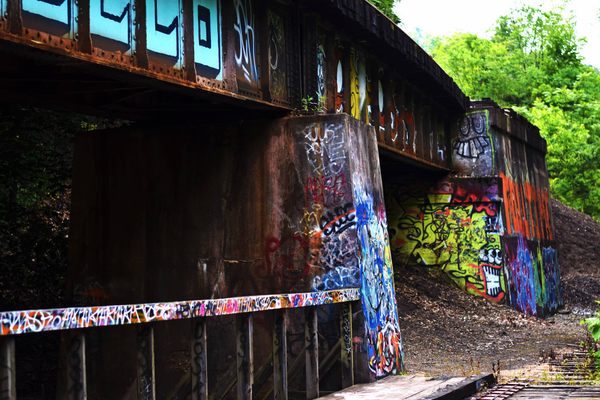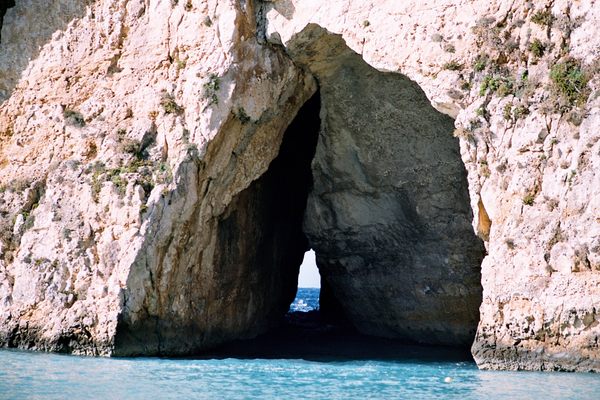About
Hobart Rivulet is a subterranean gem that starts at the foothills of Kunanyi (also known as Mount Wellington). It descends 544 meters over its seven-kilometer course down into the Hobart hinterland, eventually flowing through and underneath the city to the Derwent Estuary.
Before the arrival of European colonizers, the stream was an important source of drinking water for Tasmania's Indigenous Mouheneener tribe. When English settlers arrived, they displaced the Indigenous inhabitants and built the city of Hobart around the rivulet.
Originally the stream discharged into the River Derwent near the modern-day Franklin Wharf, but as the city grew, the rivulet was piped underground and diverted. It now empties about one kilometer to the northeast, closer to the Hobart Regatta Grounds.
Despite its beginning as a clean water source, it has also served as a transport waterway for early traders and later became increasingly polluted with industrial waste. You can still see the remains of tanneries along the waterway in South Hobart. It was even used as a sewer for a brief period, but several typhoid epidemics and constant complaints from residents about the smell put an end to that.
Today the rivulet is much cleaner, although drinking the water is still unadvisable. The underground tunnel attracts local street artists in addition to street art enthusiasts. While formal tours stopped several years ago because of health and safety constraints, plenty of people still venture into the tunnels that now act as a canvas for imaginative graffiti artists who create striking murals free from interruption.
Related Tags
Know Before You Go
The easiest way in is by the Royal Hobart Hospital on Collins Street. You'll have to hop over a short wall built along Collins Street to get to the stairway down to enter the tunnel.
Be careful! Wear some decent footwear with good grip as the stones of the rivulet can be slippery at times.
You'll need a head-torch (with a back-up), as you won't want to be caught underneath the city in the darkness.
Most importantly, show some sense, and don't head down if there is heavy rain (or if it is in the weather forecast). The rivulet is designed to flood after heavy rain.
Community Contributors
Added By
Published
May 4, 2021

